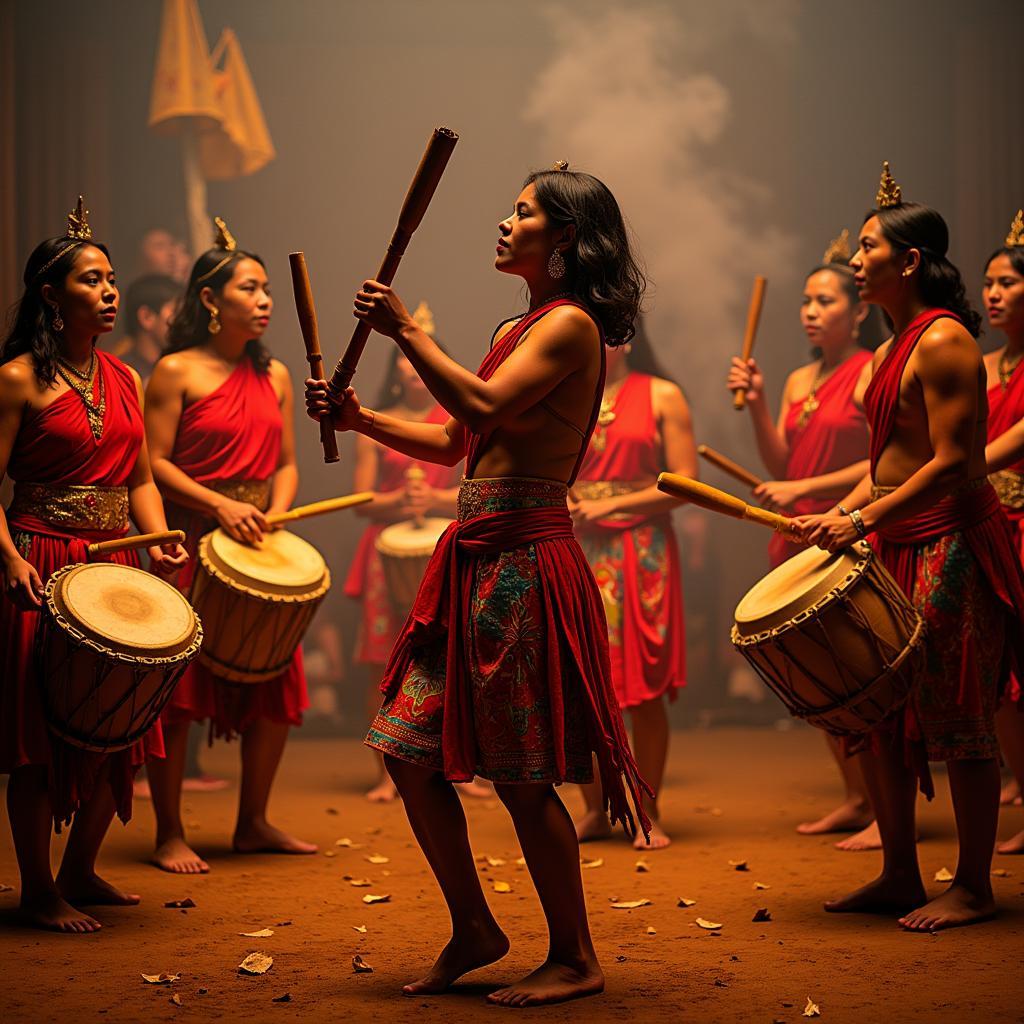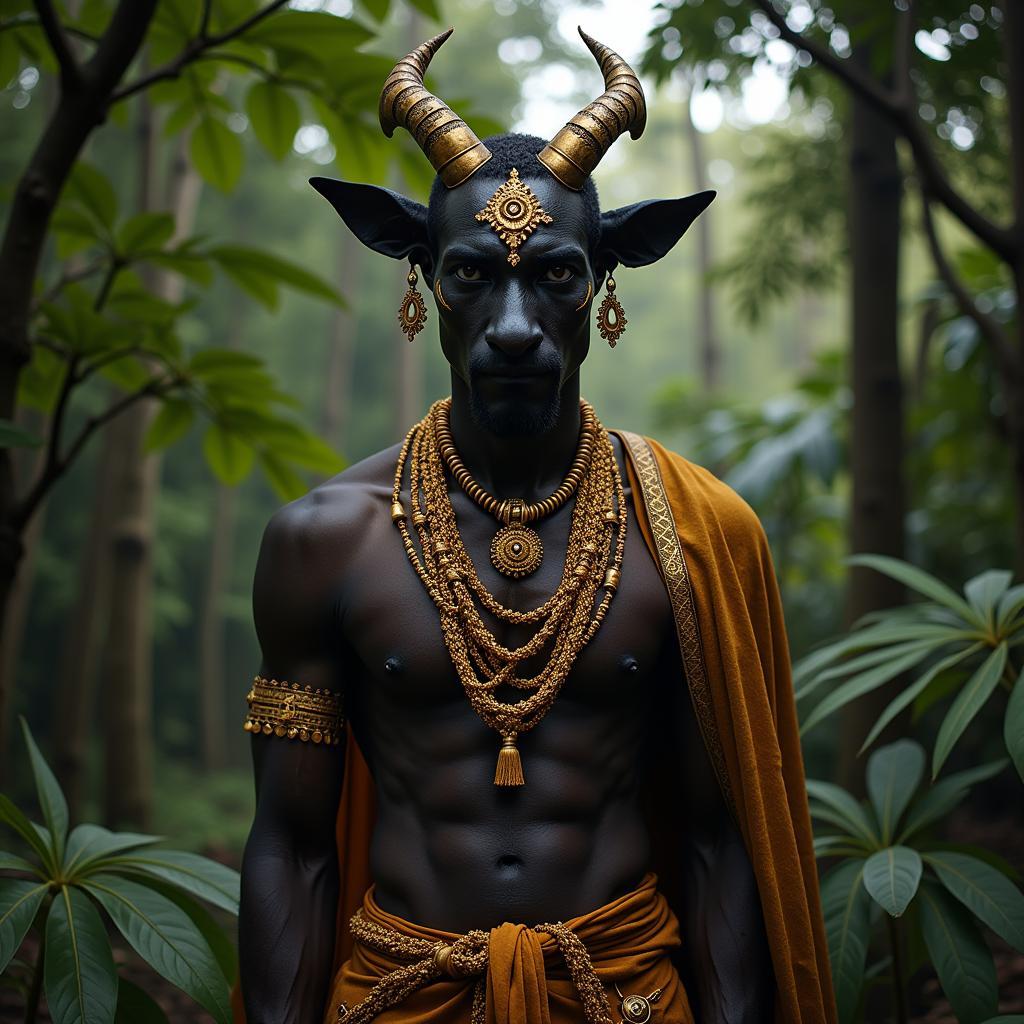The Rhythmic Power of the African Drumstick Dance
The African Drumstick Dance is a captivating and energetic performance art deeply rooted in the rich cultural tapestry of various African communities. It combines rhythmic drumming, intricate footwork, and vibrant costumes to create a mesmerizing spectacle that tells stories, celebrates traditions, and connects generations. From celebratory rituals to communal gatherings, the drumstick dance plays a vital role in expressing the heart and soul of African culture.
Unveiling the Origins and Significance of the African Drumstick Dance
The drumstick dance, while sharing common threads, manifests differently across the continent, reflecting the unique traditions and beliefs of individual tribes and ethnic groups. In some cultures, it’s an integral part of spiritual ceremonies, invoking ancestral spirits and celebrating harvests. In others, it serves as a form of entertainment, bringing communities together through shared rhythm and movement.  African Drumstick Dance in a Spiritual Ceremony
African Drumstick Dance in a Spiritual Ceremony
The Drums: The Heartbeat of the Dance
The drums themselves are more than just instruments; they are considered sacred objects, often imbued with symbolic meaning and treated with great respect. The rhythmic patterns they produce are not just musical accompaniment; they are the language of the dance, communicating emotions, stories, and cultural values. The drumsticks, often crafted from specific woods and decorated with intricate carvings, are extensions of the drummer’s hands, allowing them to create a diverse range of sounds and rhythms.
Exploring the Diversity of African Drumstick Dances
From the energetic Kpanlogo of Ghana to the mesmerizing Swange of Mozambique, the drumstick dance takes on diverse forms across the African continent. Each region boasts its own unique style, characterized by specific rhythms, movements, and costumes. The costumes often incorporate vibrant colors, symbolic patterns, and natural materials, further enhancing the visual spectacle and storytelling aspect of the dance.
The Role of Costumes and Storytelling
The costumes worn during the drumstick dance are more than just decorative; they are integral to the storytelling aspect of the performance. The colors, patterns, and materials used often hold symbolic meaning, representing different aspects of the culture, history, or environment. The movements of the dancers, synchronized with the rhythm of the drums, bring these stories to life, conveying emotions and narratives that resonate with the audience.
Learning and Experiencing the African Drumstick Dance
While the drumstick dance is deeply rooted in tradition, it continues to evolve and adapt, embracing new influences and reaching global audiences. Today, opportunities to learn and experience this vibrant art form are increasingly accessible. Numerous workshops and classes are offered around the world, led by experienced instructors who share their passion and knowledge.
Conclusion
The African drumstick dance is a powerful expression of African culture, a captivating blend of rhythm, movement, and storytelling that transcends generations. From its spiritual significance to its role in communal celebrations, the drumstick dance continues to resonate with audiences worldwide. Explore the rich tapestry of African culture and experience the rhythmic power of the drumstick dance.
FAQ
- What is the significance of the drums in the African drumstick dance?
- How do the costumes contribute to the storytelling aspect of the dance?
- Where can I learn more about the different regional variations of the drumstick dance?
- Are there opportunities to participate in African drumstick dance workshops?
- What are some common instruments used in African drumming?
- How does the drumstick dance connect to African spirituality?
- What are some resources for learning more about African culture and music?
Need support? Contact us 24/7: Phone: +255768904061, Email: [email protected], Address: Mbarali DC Mawindi, Kangaga, Tanzania.


